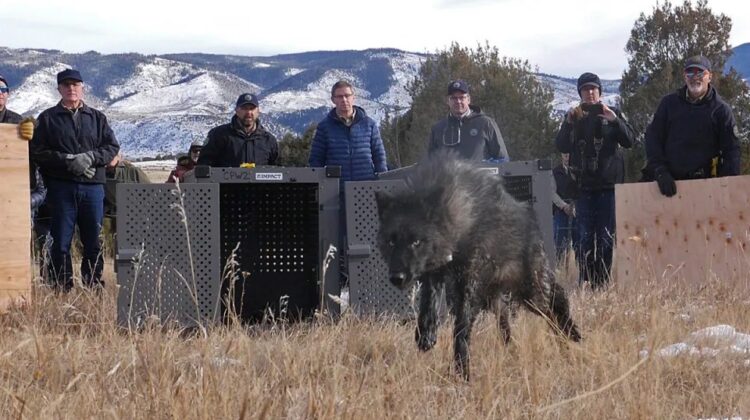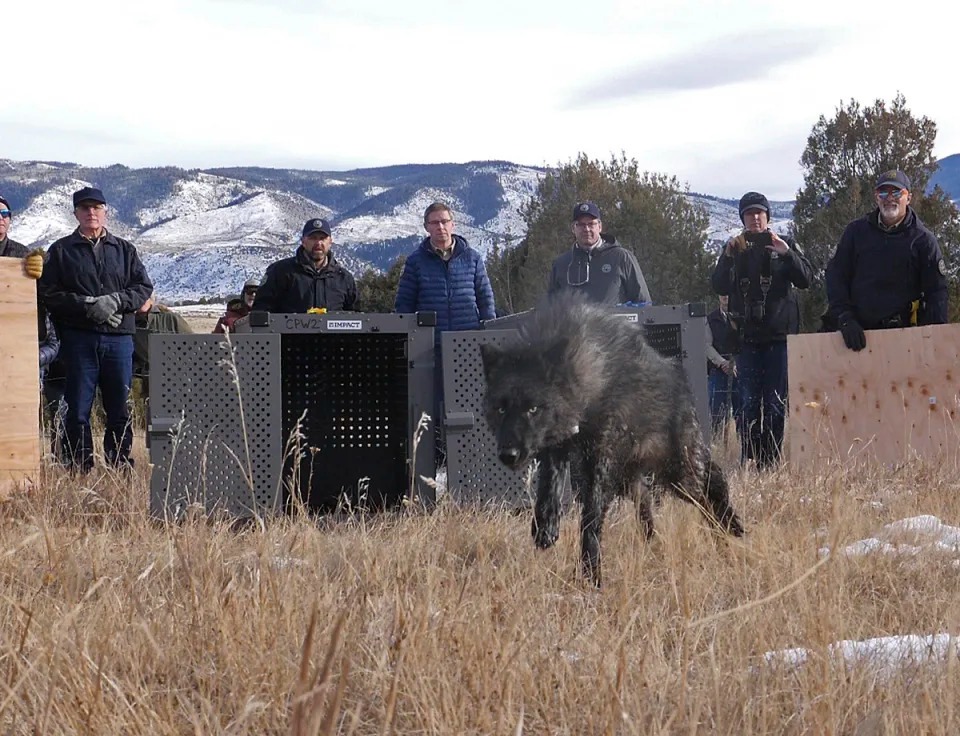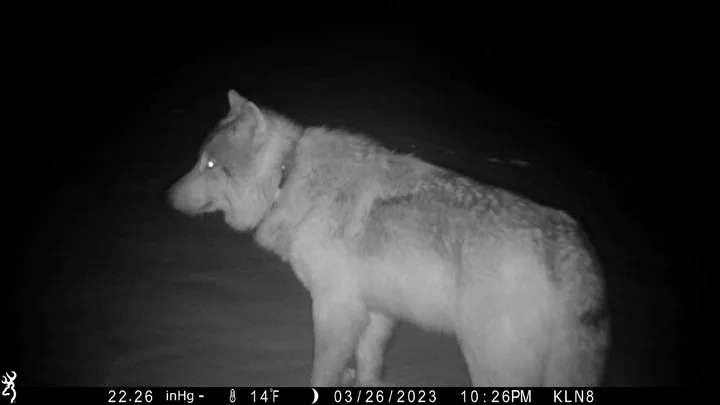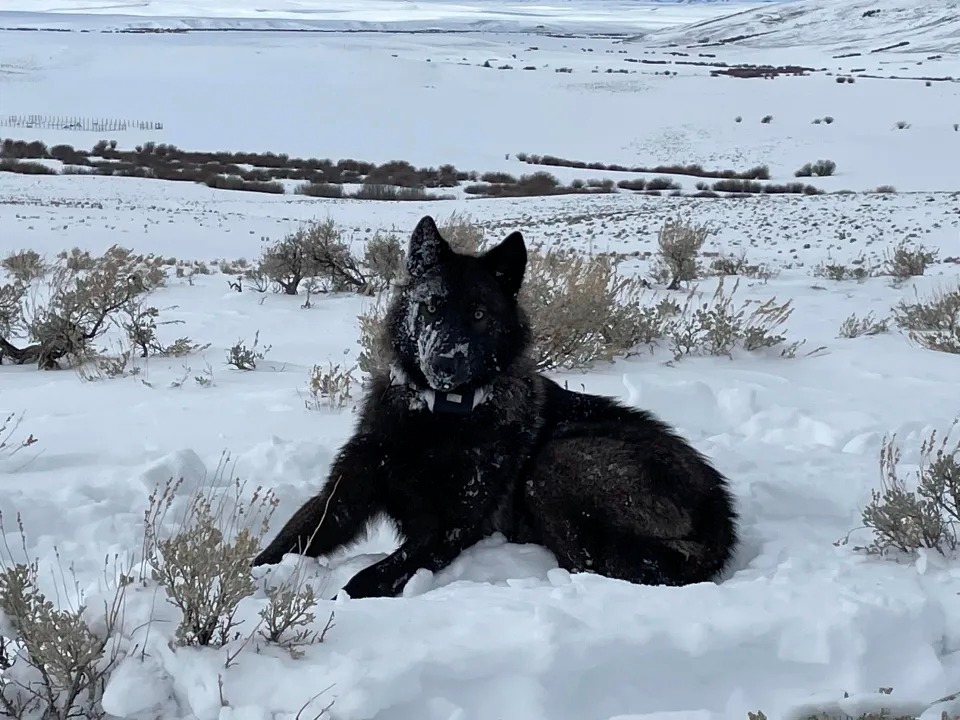
In a symbolic moment high in the Rockies, Colorado released five wolves to commence a groundbreaking voter-approved reintroduction program. The initiative, supported by urban areas but contested by rural ranchers, signals a significant shift in wildlife management, diverging from states culling wolf packs.
The release unfolded on a secluded mountainside, with the first wolf bounding into freedom, pausing to acknowledge the onlookers before disappearing into the forest. This marks the most ambitious wolf reintroduction in the U.S. in nearly three decades, challenging the stance of Republican-led states.

The two 1-year-old siblings, a male and female, raced into the wild, capturing the attention of a hushed audience. The release faced legal challenges, with a cattle industry request for a delay denied by a judge, underscoring the contentious nature of the program.
Colorado Governor Jared Polis, present at the release, expressed awe at the moment, stating, “To see them in their natural habitat, and turn around to look curiously at us… is really, really a special moment that I will treasure for my entire life.”

The release continued with three more wolves, all captured in Oregon, emphasizing the collaboration required to initiate the program after GOP-dominated states refused participation.
The state plans to release 30 to 50 wolves in the next five years, aiming to address gaps in the western U.S. ecosystem. However, the move has deepened divisions between urban and rural residents, with concerns from ranchers about potential livestock attacks.

To mitigate fears, Colorado officials offer compensation to ranchers for lost livestock due to wolf attacks, up to $15,000 per animal. Nonetheless, anxiety persists among ranchers who foresee economic challenges amid the state’s shifting focus on clean energy and tourism.
As the wolves embark on their journey in Colorado, wildlife advocates celebrate, initiating a wolf-naming contest. Yet, apprehensions from hunting groups about the impact on elk herds and concerns about potential conflicts between wolves and livestock highlight the complex dynamics surrounding wolf reintroduction.
This pivotal moment, capturing the essence of rewilding, is a response to the biodiversity extinction crisis, according to Joanna Lambert, a wildlife ecology professor at the University of Colorado. The release signifies a step toward coexistence, albeit one that demands careful management and ongoing dialogue among stakeholders.

Leave a Reply